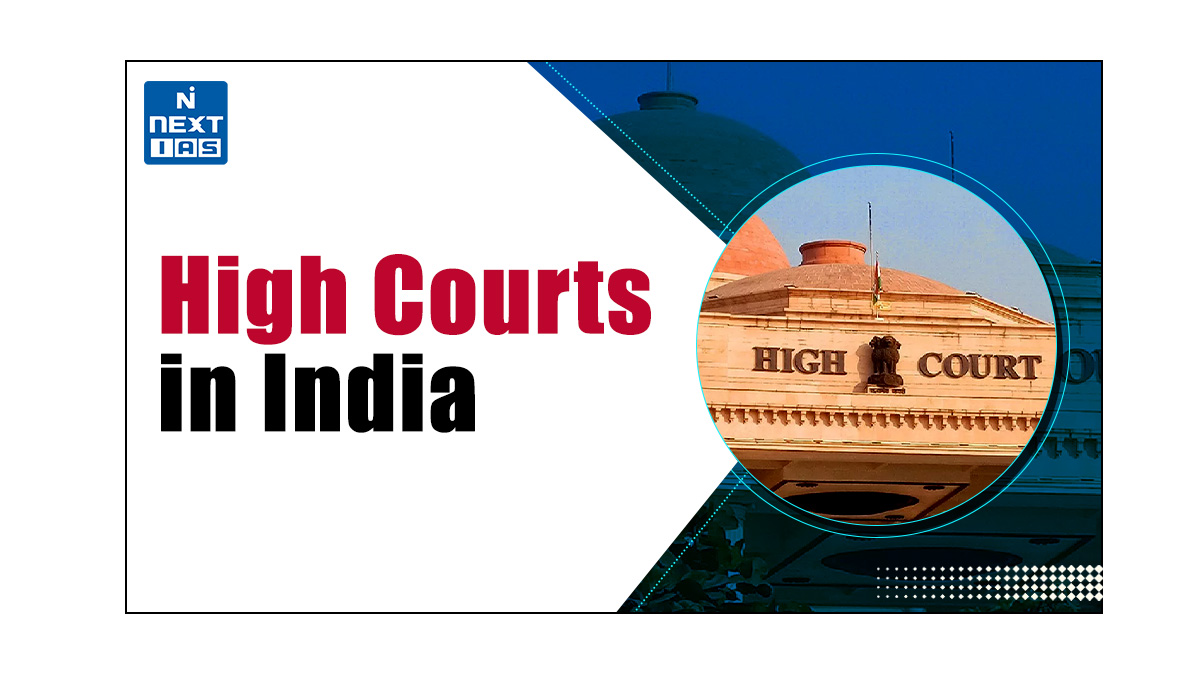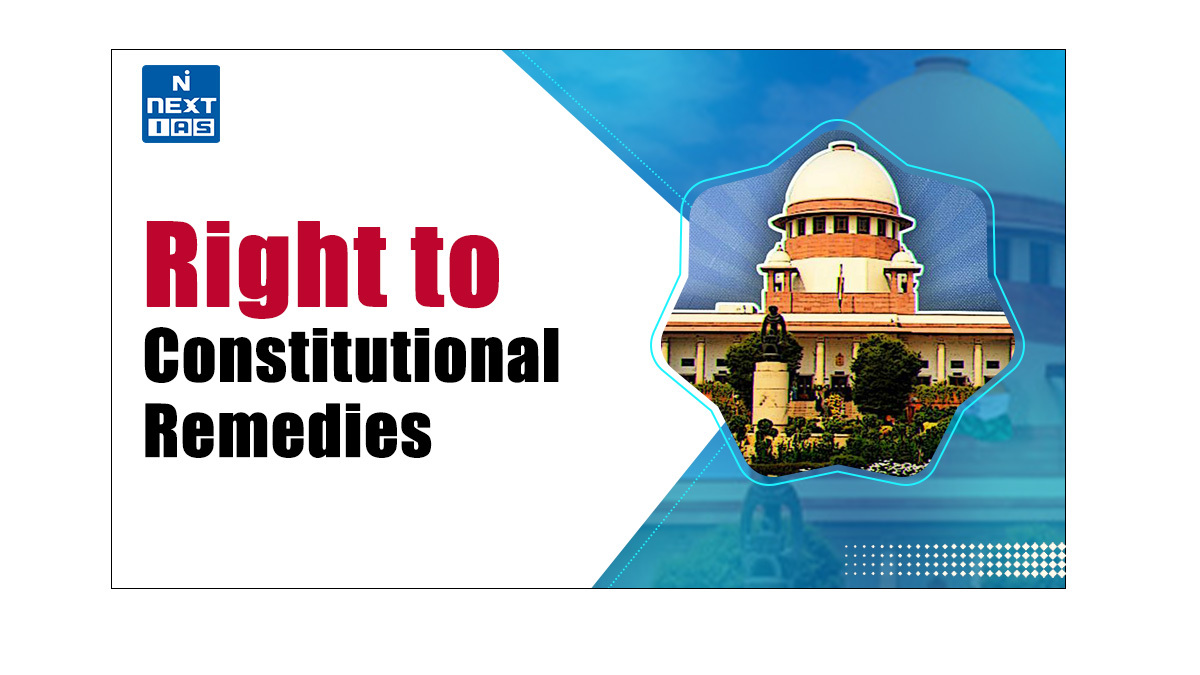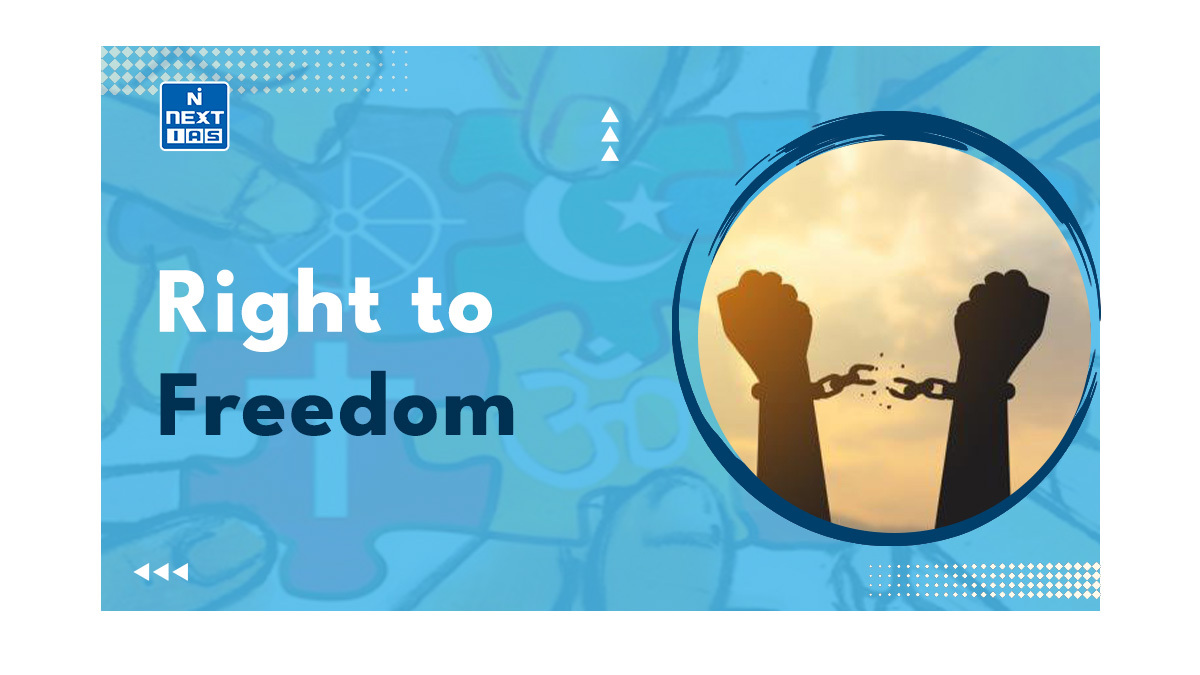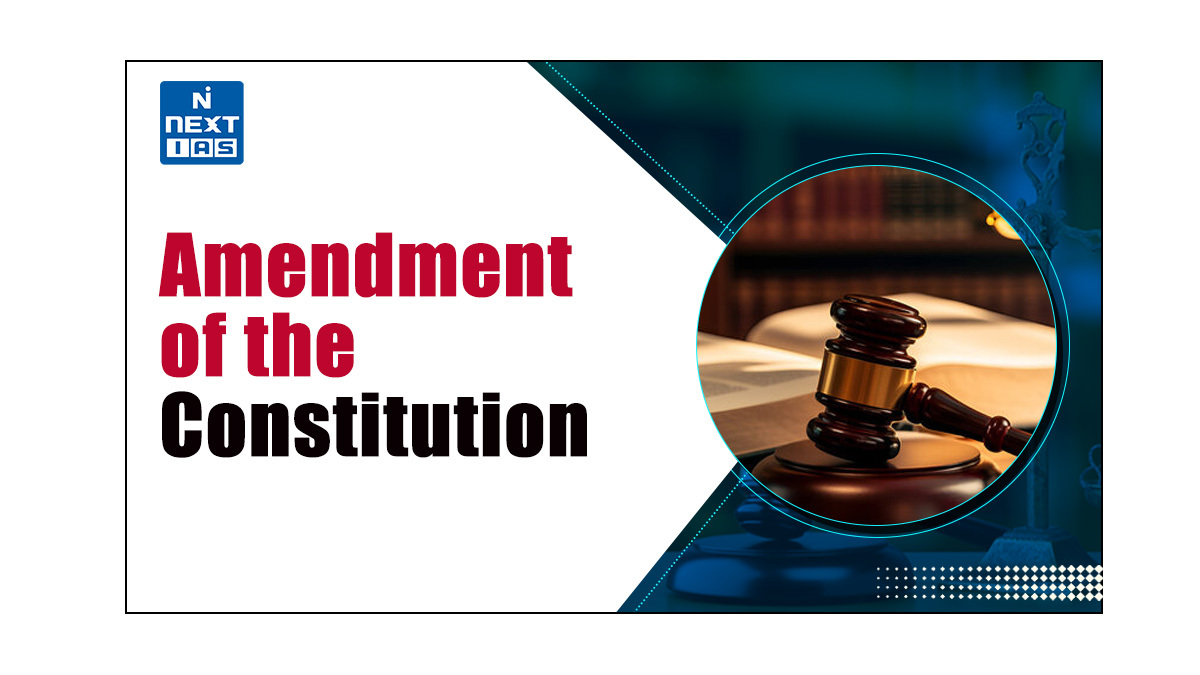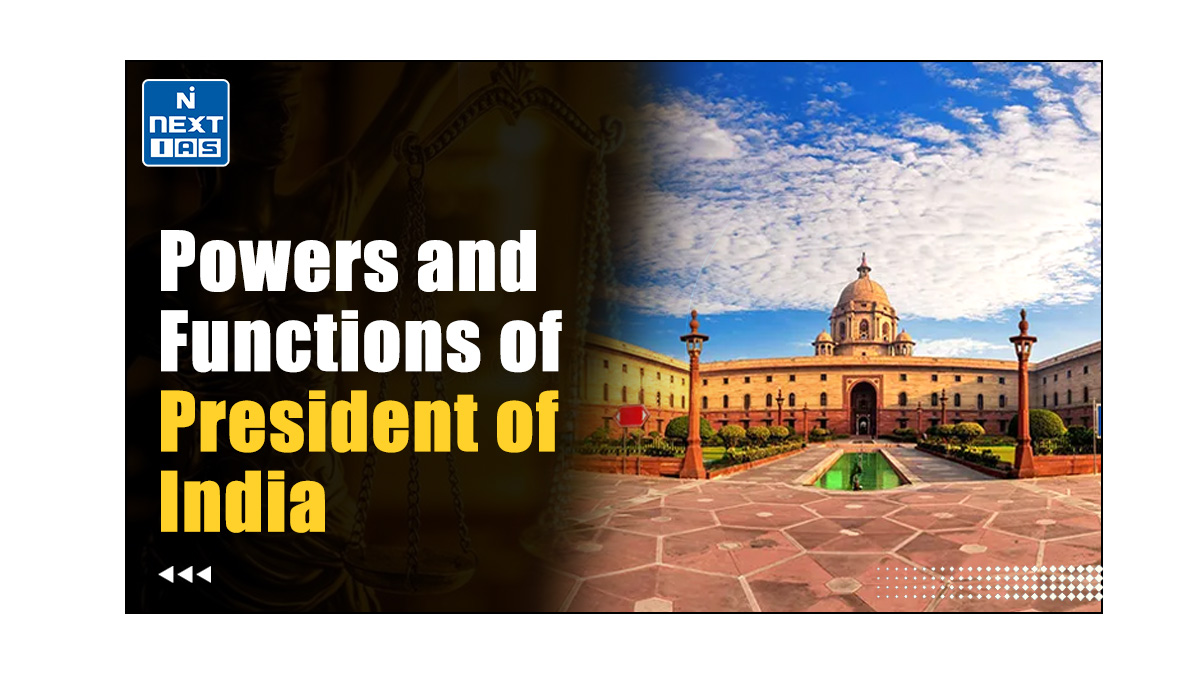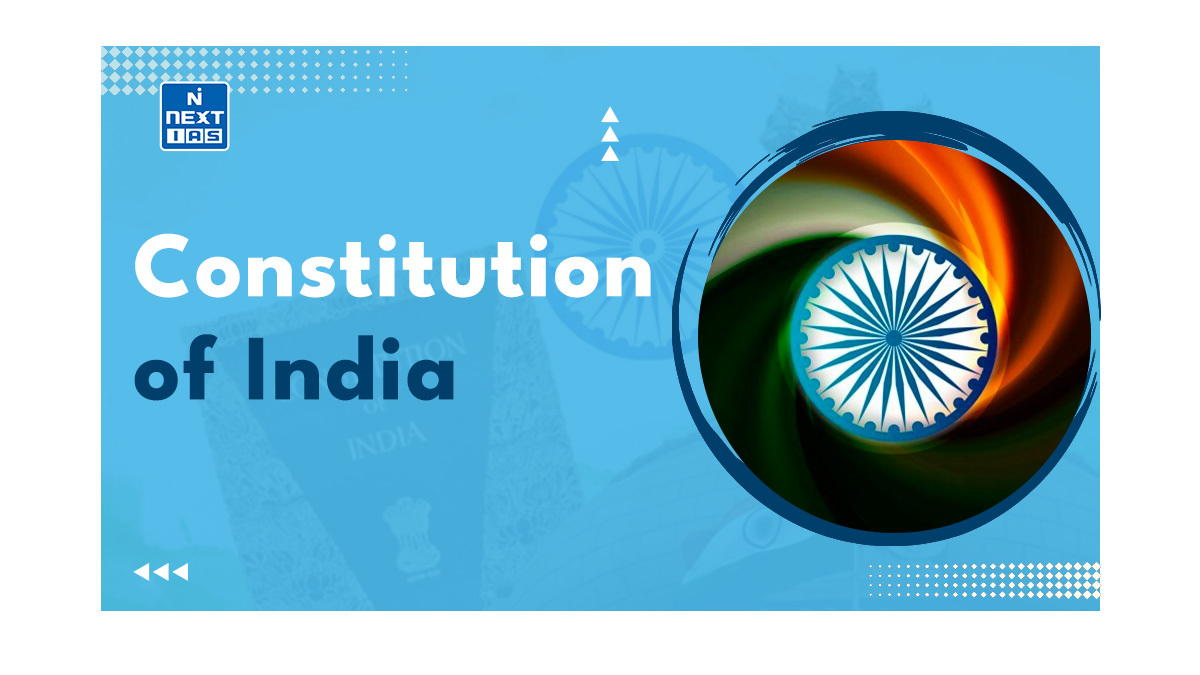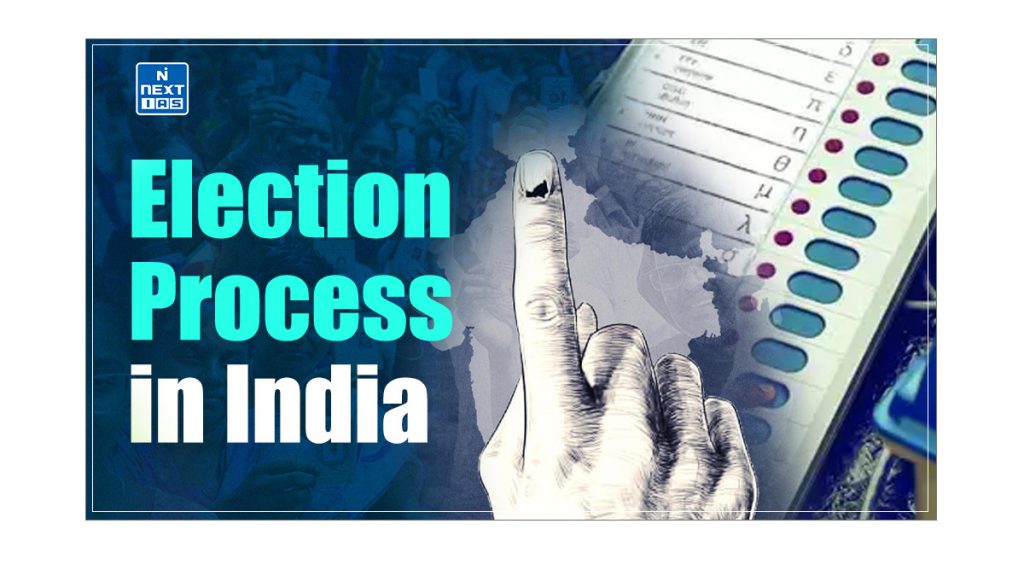
The Election Process in India, as defined by the Constitution and other election statutes, is crucial for a vibrant democracy in the country. This structured process plays a pivotal role in upholding the efficiency and integrity of elections across the nation. This article aims to study in detail the Election Process in India, its meaning and various stages, including the schedule of elections, counting of votes, declaration of results and other related aspects.
What are Elections?
- Elections can be defined as the formal process by which citizens of a country or other political entity, such as a State or Local Government, choose their representatives or leaders through voting.
- Elections are fundamental to democratic societies as they embody the principle of “Popular Sovereignty”, where the legitimacy of the government derives from the consent of the governed.
Election Process in India
- The Election Process refers to a series of steps through which elections are conducted and representatives are chosen by voters in a democratic system.
- Constitutional and legal frameworks related to elections in India have defined a comprehensive and structured election process as well as dedicated Election Machinery for the conduct of elections.
- From the announcement of elections to the declaration of results, the election process includes various stages as listed below:
- Announcement of Election Schedule by the ECI,
- Issue of Notification by the ECI,
- Filing of Nominations by the Candidates,
- Oath or Affirmations of Candidates,
- Election Campaigns by the Candidates,
- Polling of Votes,
- Counting of Votes, and
- Constitution of House.
Each of these stages in the Election Process in India and related concepts have been discussed in detail in the sections that follow.
Time of Elections
- The elections for the Lok Sabha and State Legislative Assembly have to take place every five years unless called earlier due to premature dissolution of the houses.
- The Constitution provides that the gap between the last session of the dissolved Lok Sabha/Legislative Assembly and the recalling of the new house cannot be longer than 6 months.
- Thus, the elections have to be concluded before the expiry of 6 months after the dissolution of the house.
| Constitutional Provisions Regarding Premature Dissolution of Lok Sabha and State Legislative Assembly – Under the provisions of Article 85, the President of India is authorized to dissolve the Lok Sabha at any time even before the completion of 5 years and call a General Election. a. Usually, the President does so when the Union Government no longer commands the confidence of the Lok Sabha and there is no alternative government available to take over. – Under the provisions of Article 174, the Governor of State is authorized to dissolve the concerned State Legislative Assembly at any time even before the completion of 5 years, and call a General Election. a. Usually, the Governor does so when the State Government no longer commands the confidence of the Legislative Assembly and there is no alternative government available to take over. |
Announcement of Election Schedule by the ECI
- When the five-year term of the legislature has expired or the legislature has been dissolved and new elections have been called, the Election Commission of India (ECI) puts into effect the electoral machinery to conduct the upcoming elections.
- The Election Commission of India normally announces the schedule of elections in a major press conference a few weeks before the formal process is set in motion.
- The election schedule includes important dates of various events of the election process such as the date of filing nominations, date of polling etc.
- The Model Code of Conduct (MCC) for the guidance of candidates and political parties comes immediately into effect after such an announcement.
Issue of Notification by the ECI
- A few days after announcing the election schedule, the Election Commission of India (ECI) issues the notification for elections.
- The formal process for the elections starts with the notification or notifications calling upon the electorate to elect Members of a House.
Filing of Nominations by the Candidates
- As soon as notifications for elections are issued by the ECI, candidates can start filing their nominations in the constituencies from where they wish to contest.
- The candidates are given a week to put forward their nominations.
- These nomination papers are scrutinised by the Returning Officers and if not found to be in order can be rejected after a summary hearing.
- Validly nominated candidates can withdraw within two days after nominations have been scrutinised.
Oath or Affirmation of Candidates
- A candidate has to make and subscribe to an oath or affirmation before an officer authorised by the Election Commission of India (ECI).
- The authorised persons appointed by the Election Commission of India are, usually, the Returning Officer and the Assistant Returning Officer for the constituency for any particular election.
- The candidate is required to personally make the oath or affirmation either immediately after submitting their nomination papers or, at the latest, on the day before the date of scrutiny of the nomination papers.
Election Campaign
- After the candidates are done with filing of nominations, they start their Election Campaigns.
- The Election Campaign refers to the period when the political parties put forward their candidates and arguments with which they hope to persuade people to vote for their candidates and parties.
- The official Election Campaign period begins at least two weeks from the list of nominated candidates is finalized and concludes 48 hours before the polling stations close on election day.
- During the Election Campaign, the political parties and contesting candidates are expected to abide by the Model Code of Conduct.
Election Manifestos
- Election Manifestos are documents released by political parties during election campaigns that outline the policies, programs, and promises they intend to implement if elected to power.
- These manifestos serve as the party’s blueprint for governance, highlighting their vision, priorities, and proposed solutions to key issues.
- These manifestos also highlight the strengths and capabilities of the party’s leadership, as well as criticize the shortcomings and failures of their political opponents and their leaders.
Allocation of Symbols
- After the nomination of candidates is complete, a list of competing candidates is prepared by the Returning Officer (RO).
- Of all the candidates, those from national parties and state parties already have symbols which are exclusively reserved for their parties. Rest of the candidates are allotted symbols from a list of free symbols.
Polling Days
- Election polling in India is typically conducted over multiple days across different constituencies.
- This staggered approach enables the deployment of security forces and election monitors to maintain law and order and ensure that the voting process remains free, fair and peaceful throughout the electoral exercise.
Voting Procedure
- The voting in the Lok Sabha and State Legislative Assembly elections are conducted using the Electronic Voting Machines (EVMs).
- Voting is done by the system of “Secret Ballot”, which means ensuring the secrecy of the voter’s choice.
- Polling stations are usually set up in public institutions, such as schools, community halls, etc.
- Usually, the Election Commission of India (ECI) tries to ensure that there is a polling station within two kilometres of every voter and that no polling station should have to deal with more than 1200 voters.
- Each polling station is open for at least eight hours on the day of the election.
- When the elector enters the polling station to cast his/her vote, the elector is checked against the electoral roll, an identity document is verified, indelible ink is applied on the left forefinger and a voter slip is issued.
- Finally, the voter is allowed to cast his/her vote by activating the ballot button in the Control Unit by the Presiding Officer of the House.
Supervising Elections
- The Election Commission of India (ECI) deploys a sizable number of election observers to ensure the election campaign is carried out in a fair and impartial manner, and that voters can exercise their franchise freely and without any undue influence.
- The Election Expenditure Observers keep a check on the amount that each candidate and party spends on the election.
Media Coverage
- The Media are actively encouraged and provided with extensive facilities to cover the elections to bring transparency in the electoral process while also adhering to maintaining the secrecy of the vote.
- The Media persons are given special passes to enter polling stations to cover the poll process and the counting halls during the actual counting of votes.
- The Media are also free to conduct Opinion Polls and exit polls.
Counting of Votes
- After the polling has finished, the votes cast in the Electronic Voting Machine (EVMs) are counted under the supervision of Returning Officers and Observers appointed by the Election Commission of India (ECI).
- Once the counting of votes is over, the Returning Officer (RO) declares the name of the candidate, to whom the largest number of votes have been given, as the winner.
Constitution of House
- As the final step in the process of election, the Election Commission of India (ECI) compiles the complete list of members elected and issues an appropriate notification for the due constitution of the House.
- With this, the process of elections is complete and the President, in the case of the Lok Sabha, and the Governors of the concerned States, in the case of State Legislative Assemblies, can then convene their respective Houses to hold their sessions.
| Note: 1. Elections to the Lok Sabha are carried out using a First-Past-the-Post Electoral System. a. The entire country is split up into separate geographical areas, known as Constituencies, and the electors can cast one vote each for a candidate. b. The candidate who gets the maximum votes is being declared as the winner. 2. Similarly, elections to the State Legislative Assemblies in India also employ the First-Past-the-Post Electoral System, in a manner analogous to the Lok Sabha elections. |
Election Petitions
- Any elector or candidate can file an Election Petition if he/she thinks there has been malpractice during the election process.
- An Election Petition is not an ordinary civil suit but is treated as a contest in which the whole constituency is involved.
- Election Petitions are tried by the High Court of the State involved, and if upheld, can even lead to the restaging of the election in that particular constituency.
Conclusion
The Election Process in India is a dynamic and robust system that upholds the core democratic principles of free, fair and transparent elections. It remains the cornerstone of the world’s largest democracy, upholding the will of the people and reinforcing the foundations of representative governance. As India continues to evolve and progress, the India Election Process and System must adapt to meet the changing needs of the country, while preserving the core principles that have made it a model for democracies around the world.
Electronic Voting Machine (EVM)
An Electronic Voting Machine (EVM) is a simple electronic device used to record votes in place of ballot papers and boxes which were used earlier in conventional voting systems.
Advantages of EVM
The advantages of the EVM over the traditional ballot paper or ballot box system are mentioned below:
- It eliminates the possibility of invalid and doubtful votes which, in many cases, are the root causes of controversies and election petitions.
- It makes the process of counting votes much faster than the conventional system.
- It significantly reduces the amount of paper required, thereby saving a large number of trees and making the election process more environmentally friendly.
- It reduces the cost of printing (almost nil) as only one sheet of ballot paper is required for each Polling Station.
Opinion Polls and Related Rules
- An Opinion Poll in the context of elections is a survey conducted to gauge the preferences of voters regarding candidates and political parties. These polls are used to measure public sentiment and predict the possible outcomes of forthcoming elections.
- The current rules of the Election Commission of India (ECI) stipulates that the results of Opinion Polls cannot be published between two days before the start of polling and after the close of poll in any of the constituencies.
Exit Polls and Related Rules
- An Exit Poll is a survey conducted just after voters have cast their votes at polling stations, which aims to gather information about who voters chose in the election. Based on the data so collected, an analysis is drawn to predict the outcome of the election before the actual results are declared.
- It is to be noted that unlike Opinion Polls that ask people whom they plan to vote for, Exit Polls ask voters whom they actually voted for. This distinction makes exit polls more accurate.
- The current rules of the Election Commission of India (ECI) stipulates that the results of Exit Polls can only be published after half an hour of the end of polling hours on the last day of the poll.
